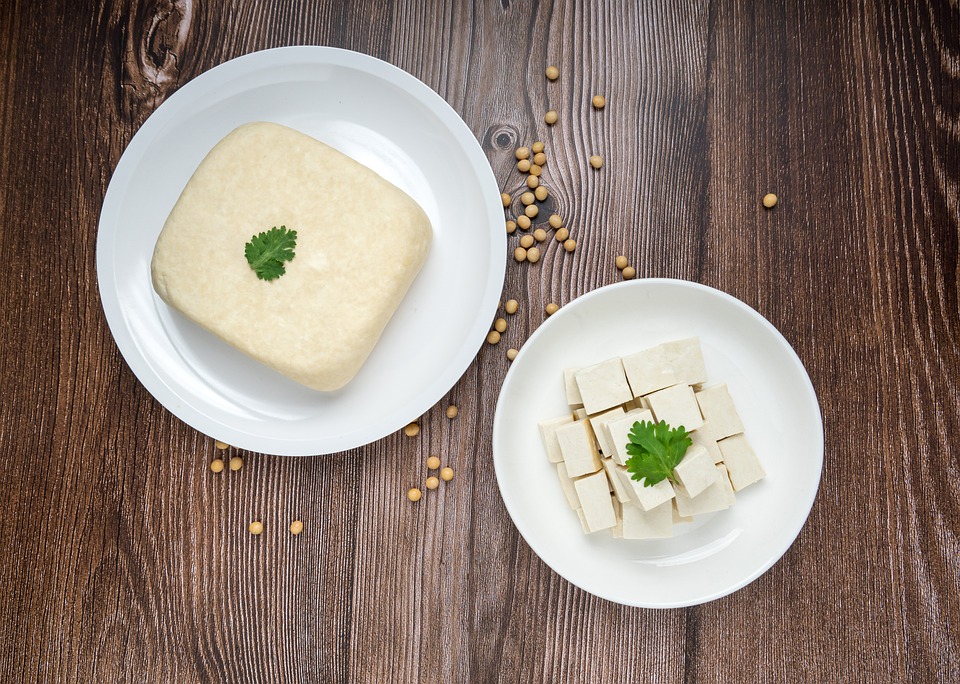Keeping a healthy body and mind can be aided by eating a diet that includes a variety of nutritious Soy foods. Carbohydrates, proteins, vitamins, minerals, and lipids are all represented in the recommended balanced diet’s four perfect side dishes and five great main courses. Protein is just one of the five compositions that can be found relatively easily. Consuming protein helps the body in several ways, including detoxification, metabolism, and maintaining intracellular fluid levels. Soybean-based foods are the most common protein sources in the average person’s diet.
The soybean, a type of legume, is a readily available protein source because of its high protein content. Sustainable Soy is imported or exported to practically every country that doesn’t grow them because of its widespread consumption. Soybean is used in many different ways across the world. In Indonesia, soybeans are transformed into tempeh, tofu, soy sauce, and soy milk. Japan’s national dish, natto, and condiments like miso and shoyu are made from soybeans.
As home production falls short of need, several nations must import soybeans from abroad to meet domestic demand. The top five countries for soy output are:
- Brazil
Due to its favorable temperature and soil, soybeans grow very well in Brazil. As a result, the Brazilian government annually increases soybean production by allocating more land for soy cultivation. According to estimates from the World Atlas, Brazil will have the highest supply of soybeans in the world in 2019-2020, with production surpassing 124 million metric tons. The United States of America (USA), now the world’s second-largest producer of soybeans, will be overtaken by Brazil in 2020/21 if the South American nation successfully retains its projected 37 percent share of global production.
- The United States of America (USA)
Soybeans are grown by the vast majority of American farmers due to the country’s favorable climate and ample arable area. There were 96.79 million metric tons of soybeans harvested in the United States.
- Argentina
In addition, Argentina is the third-largest provider of soybeans in the world. The total amount of soybeans harvested was 51 million metric tons. However, most soybeans produced and imported into Argentina come from soybean commodities, which account for 31.8% of the country’s total import revenue. Since soybeans are Argentina’s most expensive import, the government has invested heavily in studies to boost soybean production.
- China
China will increase its soybean output to 19.6 MMT in 2020/21, putting it in fourth place worldwide. Although China has a large domestic soybean market, the country also imports soybeans from other countries.
- India
Then, in November of 2021, India will have the world’s fifth-highest soybean output, at 11.9 million metric tons. As a result, India is now the second largest producer in Asia, accounting for 3.9% of global output.
The four main soybean varieties are white soybeans, black soybeans, and edamame. Soybeans come in several varieties, each as a vital component in various end-use goods. Here are a few products made from processed soybeans: The first is tempeh, fermented using a fungus called Rhizopus oligosporus, one of the processed items derived from soybeans. Soybeans are boiled for a while and soaked overnight, yeast is added, and the mixture is packed and left to sit for + 48 hours to become tempeh. Because of the temperature sensitivities of the final product, special care must be taken when adding yeast to the temple-making process.
Tofu is manufactured from soybeans that have been soaked for + 6 hours, mashed, filtered, the dregs removed, and the residual water boiled at a temperature of 70-80 °C, to which a tofu precipitate is then added to facilitate pressing and so lower the tofu’s water content. Finally, natto is another fermented soybean product. Soybeans are soaked for 12-20 hours in water to increase in size, which is a necessary step in making natto. The soybeans are then cooked for a total of 6 hours. A press pot can cut down on preparation time.
Soybeans are then combined with Bacillus Subtilis bacteria. Proper hygiene is essential to prevent the spread of germs and other contaminants during this procedure. The combination was then fermented for 24 hours at 40 degrees Celsius. The natto is then chilled for a week, during which fibers develop. Finally, soy milk is a processed drinking product made from soybeans that are widely available worldwide.
It’s simple to whip up some soy milk at home. Soak the soybeans for 8 hours, then drain and peel them. Once the soybeans have been cleaned, they are mashed, filtered, and cooked for around 15 minutes. Sugar, vanilla, or other tastes can be added throughout the boiling phase. Soybeans can be processed into various foods and beverages, not only those listed above. Soybeans are versatile enough to be converted into human- and animal-edible foods and biodiesel.
Final Thought
Since soybeans are a valuable commodity due to their versatility as a food additive and animal feed, global demand for soybeans is expected to continue to rise yearly. It is envisaged that countries producing high-quality soybeans will develop in the future, helping nations boost economies and ensuring that the global need for soybeans is met.










